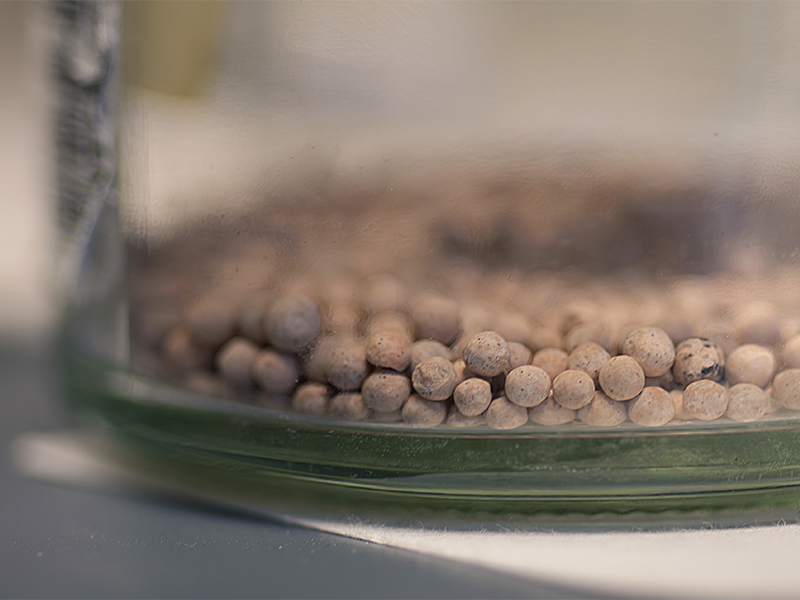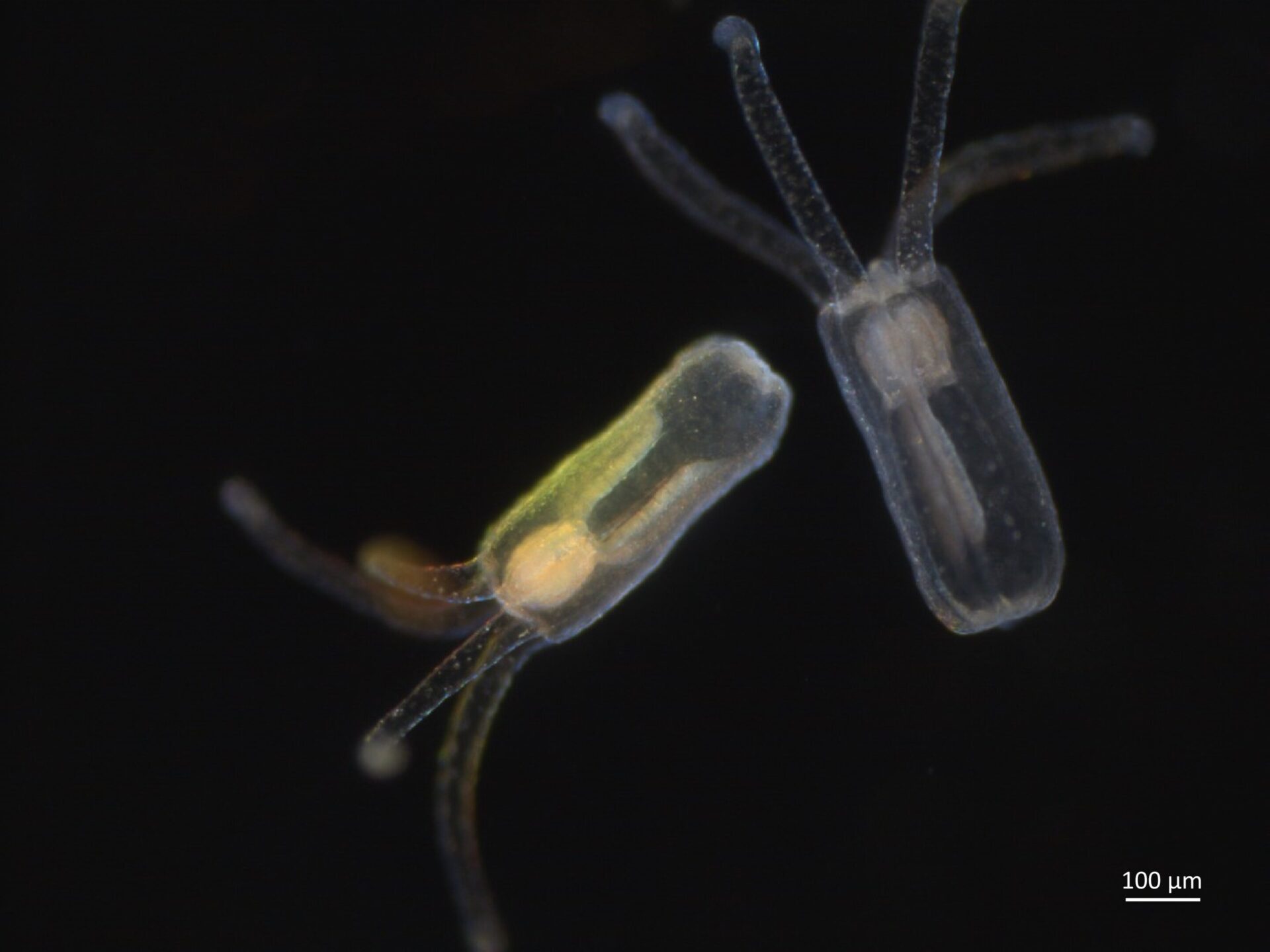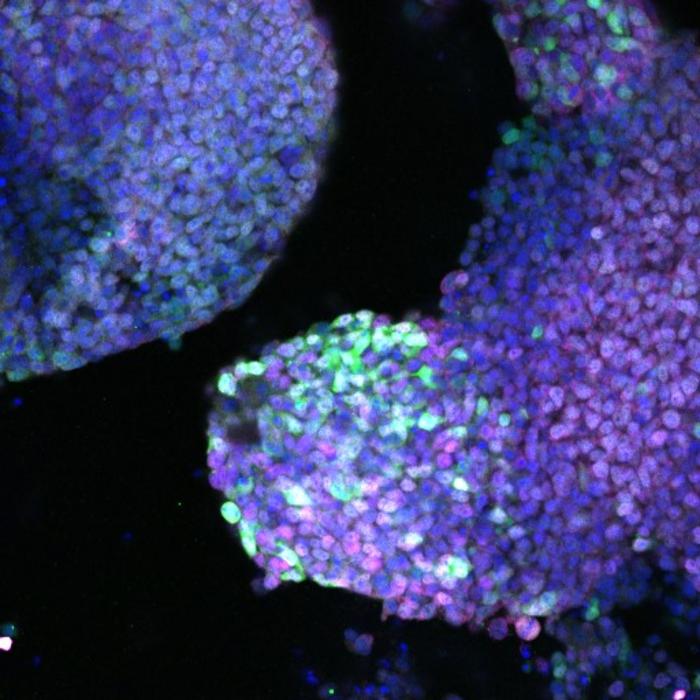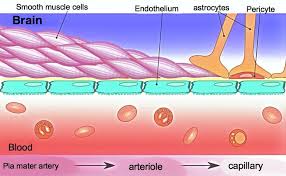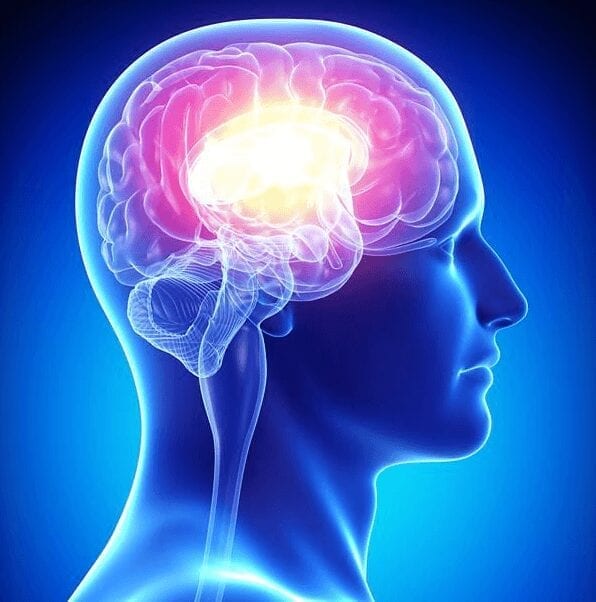
University of Pennsylvania researchers have found a way of traversing the blood-brain barrier, as well as a similar physiological obstacle in the eye, the retinal-blood barrier
The body is structured to ensure that any invading organisms have a tough time reaching the brain, an organ obviously critical to survival. Known as the blood-brain barrier, cells that line the brain and spinal cord are tightly packed, making it difficult for anything besides very small molecules to cross from the bloodstream into the central nervous system. While beneficial, this blockade also stands in the way of delivering drugs intended to treat neurological disorders, such as Alzheimer’s.
In a new study published in the journal Molecular Therapy, University of Pennsylvania researchers have found a way of traversing the blood-brain barrier, as well as a similar physiological obstacle in the eye, the retinal-blood barrier. By pairing a receptor that targets neurons with a molecule that degrades the main component of Alzheimer’s plaques, the biologists were able to substantially dissolve these plaques in mice brains and human brain tissue, offering a potential mechanism for treating the debilitating disease, as well as other conditions that involve either the brain or the eyes.
The work was led by Henry Daniell, a professor in Penn’s School of Dental Medicine’s departments of biochemistry and pathology and director of translational research. The research team included Penn Dental Medicine’s Neha Kohli, Donevan R. Westerveld, Alexandra C. Ayache and Sich L. Chan. Co-authors at the University of Florida College of Medicine, including Amrisha Verma, Pollob Shil, Tuhina Prasad, Ping Zhu and Quihong Li, analyzed retinal tissues.
The researchers began their work by considering how they might breach the blood-brain barrier. Daniell hypothesized that a molecule might be permitted to cross if it was attached to a carrier that is able to pass over, as a sort of molecular crossing guard. The protein cholera toxin B, or CTB, a non-toxic carrier currently approved for use in humans by the Food and Drug Administration, is used in this study to traverse the blood-brain barrier.
They next identified a protein that could clear the plaques that are found in the brains of Alzheimer’s patients. These plaques, which are believed to cause the dementia associated with the disease, are made up of tangles of amyloid beta (A?), a protein that is found in soluble form in healthy individuals. Noting that myelin basic protein (MBP) has been shown to degrade A? chains, the team decided to couple it with CTB to see if MBP would be permitted to cross.
“These tangles of beta amyloid are known to be the problem in Alzheimer’s,” says Daniell. “So our idea was to chop the protein back to their normal size so they wouldn’t form these tangles.”
To test this idea, the Penn-led team first exposed healthy mice to the CTB-MBP compound by feeding them capsules of freeze-dried leaves that had been genetically engineered to express the fused proteins, a method developed and perfected by Daniell over many years as a means of orally administering various drugs and vaccines. Adding a green-fluorescent protein to the CTB carrier, the researchers tracked the “glow” to see where the mice took up the protein. They found the glowing protein in both the brain and retina.
“When we found the glowing protein in the brain and the retina we were quite thrilled,” said Daniell. “If the protein could cross the barrier in healthy mice, we thought it was likely that it could cross in Alzheimer’s patients brains, because their barrier is somewhat impaired.”
When CTB was not part of the fused protein, they did not see this expression, suggesting that their carrier protein, the crossing guard, was an essential part of delivering their protein of interest.
To then see what MBP would do once it got to the brain, Daniell and colleagues exposed the CTB-MBP protein to the brains of mice bred to have an Alzheimer’s disease. They used a stain that binds to the brain plaques and found that exposure to the CTB-MBP compound resulted in reductions of staining up to 60 percent, indicating that the plaques were dissolving.
Gaining confidence that their compound was appropriately targeting the plaques, the researchers worked with the National Institutes of Health to obtain brain tissue from people who died of Alzheimer’s and performed the same type of staining. Their results showed a 47 percent decrease in staining in the inferior parietal cortex, a portion of the brain found to play an important role in the development of Alzheimer’s-associated dementia.
As a final step, the researchers fed the CTB-MBP-containing capsules to 15-month-old mice, the equivalent of 80 or more human years, bred to develop Alzheimer’s disease. After three months of feeding, the mice had reductions in A? plaques of up to 70 percent in the hippocampus and up to 40 percent in the cortex, whereas mice fed capsules that contained lettuce leaves without CTB-MBP added and mice that were not fed any capsules did not have any reduction in evidence of brain plaques.
Because Alzheimer’s patients have also been found to have plaques in their eyes, the researchers examined the eyes of the mice fed the protein. They found that, indeed, the Alzheimer’s-mice did have retinal plaques, but those fed the CBP-MBP compound had undetectable A? plaques in their retinae.
“Really no one knows whether the memory problems that people who have Alzheimer’s disease are due to the dementia or problems with their eyes,” Daniell said. “Here we show it may be both, and that we can dissolve the plaques through an oral route.”
The Latest on: Traversing the blood-brain barrier
- DSIP Peptide: Muscle, Pain, and Sleepon May 7, 2024 at 1:31 am
Sponsored Studies suggest that a naturally occurring neuropeptide, delta sleep-inducing peptide (DSIP), may traverse the blood-brain barrier. The DSIP peptide is being studied for its potential impact ...
- Mind Lab Pro Review: Is This Nootropic Brain Booster Supplement Safe? See Mind Lab Pro Results!on May 6, 2024 at 4:27 am
To address this, some individuals have turned to nootropic supplements, aiming to enhance various aspects of cognitive function, including memory and mood. While Mind Lab Pro, a U.K.-based nootropic, ...
- 2024 Chevrolet Traverse Squares Up with Turbo Poweron May 1, 2024 at 5:00 pm
The 2024 Chevrolet Traverse is arriving at dealers now, with a $38,995 starting price for the base, LS trim. The all-new crossover adds the off-road-centric Z71 package to the option list ...
- Breaching the barrieron April 22, 2024 at 9:20 am
The blood-brain barrier has confounded the development ... One way of circumventing the 06-kDa size limit for biologics traversing the BBB is to design smaller versions of proteins.
- Nanoparticles may enable direct medicine delivery to brain in neurodegenerative disorderson April 18, 2024 at 5:00 pm
This forms the protein/biomolecular corona. “This composition enhances the nanocrystals’ ability to traverse the blood-brain barrier,” Mahmoudi explained. “Our research shows that these gold ...
- 2020 Chevrolet Traverseon April 10, 2024 at 12:05 am
Need a vehicle with space for your family, but won't be seen in a minivan? Check out the Chevrolet Traverse. The three-row crossover was redesigned for 2018, becoming larger, lighter, and better ...
- 18 Foods You are Eating That Are Gradually Destroying Your Brainon April 9, 2024 at 9:09 am
This compound can traverse the blood-brain barrier, contributing to the formation of harmful plaques in the brain and potentially causing significant memory deterioration. Certain pesticides can ...
- 2019 Chevrolet Traverseon December 12, 2023 at 5:03 am
View all 2019 Chevrolet Traverse specs. The good: The bad: The 2019 Chevrolet Traverse is a full-size crossover SUV that can seat up to eight people in three rows. It has a standard 310-horsepower ...
- Compare 6 trims on the 2022 Chevrolet Traverseon June 22, 2023 at 9:24 am
It’s important to carefully check the trims of the car you’re interested in to make sure that you’re getting the features you want, and aren’t overpaying for those you don’t want. Our ...
- Used 2013 Chevrolet Traverse Valueson September 19, 2022 at 8:04 pm
The Chevrolet Traverse starts at just over $31,000 and offers a lot of space and luxury for the price. Unlike the myriad of minivans available, the Traverse has bold SUV like styling without giving up ...
via Bing News
The Latest on: Blood-brain barrier
- An Innovative New Cancer Treatment – Scientists Unveil Nanoparticle Capable of Crossing Blood-Brain Barrieron May 12, 2024 at 2:04 am
The scientists are optimistic that their method, which has shown initial promise in preclinical models, could eventually be used to treat both brain metastases and primary breast cancer tumors with a ...
- RFK Jr. says a parasite ate part of his brain. Do parasites actually 'eat' human tissue?on May 10, 2024 at 9:51 am
Robert F. Kennedy Jr.'s campaign says a parasitic worm the presidential candidate contracted years ago while traveling outside of the United States ate a portion of his brain, then died.
- How ultrasound and microbubbles could deliver immunotherapy to the brainon May 9, 2024 at 10:44 am
Malignant primary brain tumors are the leading cause of cancer deaths among children and young adults with few therapeutic options. Treatments are limited by the blood–brain barrier, a unique ...
- Nanobiotechnology-Based Strategies for Crossing the Blood–Brain Barrieron May 8, 2024 at 5:00 pm
No writing assistance was utilized in the production of this manuscript. The blood–brain barrier (BBB) is a significant obstacle to therapeutic delivery for CNS disorders. Among various ...
- Nanoparticle Breaks through Blood-Brain Barrier to Target Brain Metastaseson May 6, 2024 at 4:01 pm
Nanoparticle that penetrates the blood-brain barrier can shrink breast and brain tumors in laboratory studies.
- Researchers develop a nanoparticle that can penetrate the blood-brain barrieron May 6, 2024 at 12:00 pm
Researchers at Sylvester Comprehensive Cancer Center at the University of Miami Miller School of Medicine have developed a nanoparticle that can penetrate the blood-brain barrier. Their goal is to ...
- Sylvester researchers develop a nanoparticle that can penetrate the blood-brain barrieron May 5, 2024 at 5:00 pm
Researchers at Sylvester Comprehensive Cancer Center have developed a nanoparticle that can penetrate the blood-brain barrier. Their goal is to kill primary breast cancer tumors and brain metastases ...
- New Hope for Neurological Disorders: Scientists Have Discovered How an Essential Nutrient Enters the Brainon May 3, 2024 at 9:33 pm
Researchers have discovered the process by which dietary choline crosses the blood-brain barrier. This breakthrough has potential applications in enhancing drug delivery to the brain for treating ...
- Research on how dietary choline travels through the blood-brain barrier reveals pathway for treating brain disorderson May 1, 2024 at 8:00 am
A University of Queensland researcher has found molecular doorways that could be used to help deliver drugs into the brain to treat neurological disorders.
- Modelling of the blood–brain barrier in drug discovery and developmenton April 30, 2024 at 5:00 pm
The blood–brain barrier (BBB) is implicated in pathologies such as neurodegenerative disorders, stroke and traumatic brain injury as well as in infectious processes and inflammatory pain.
via Bing News

